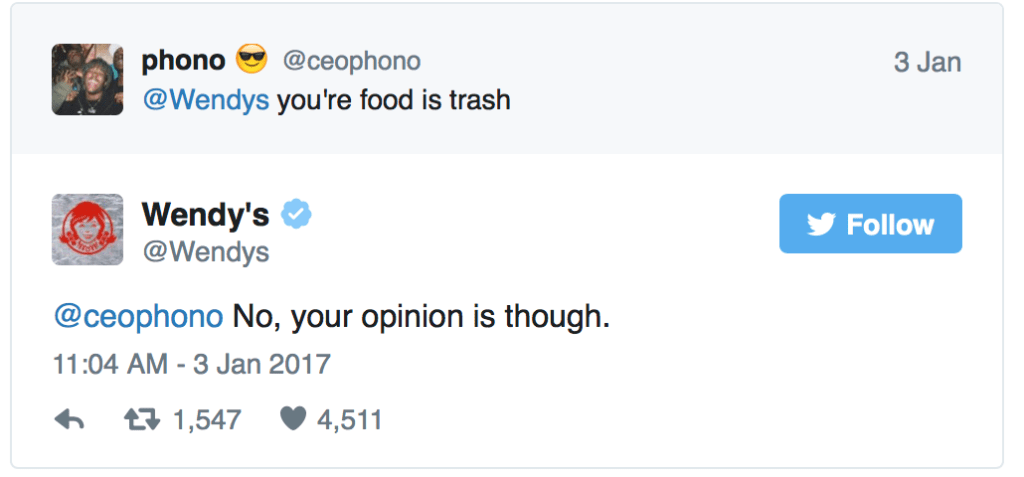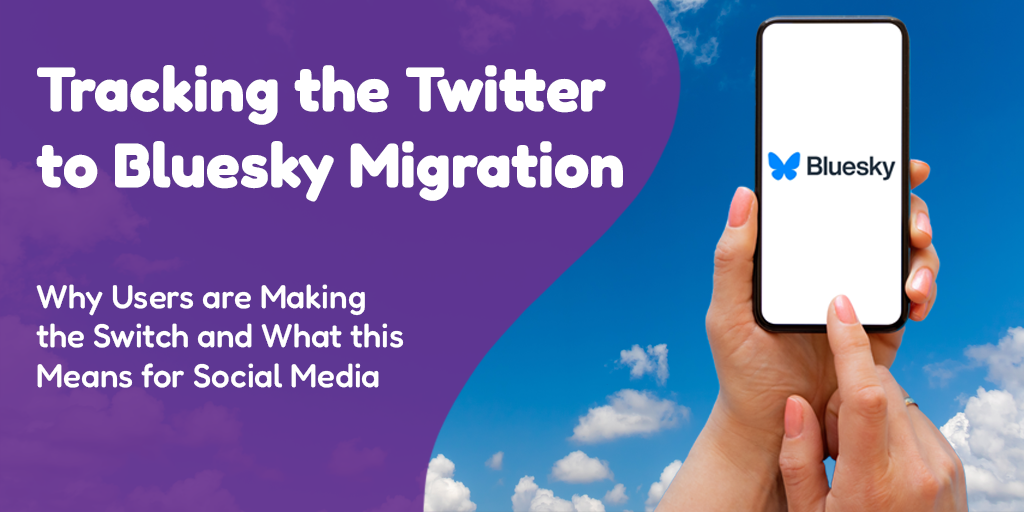 Posted by Aimee Cozza on March 5th, 2018
Posted by Aimee Cozza on March 5th, 2018One thing small businesses struggle most with is brand reputation. Specifically, bad reviews. One bad review can really do a number on your reputation across the internet, depending on what it says and how it was received. While we do have guidelines on what to do with bad reviews and how to best handle them, we always advise our clients to let us respond rather than have the client respond themselves.
Recently we had a couple of clients who did come down with bad response/bad review syndrome. The first case was a bad review that our client wanted to respond to themselves. While this is fine and we like when businesses can take control of their online presence, we often hope for the best, and not the best always comes out of it.
In this particular instance, our client had taken some time to respond after telling us not to respond. Our client then sent in a response that gave us some insight into what had actually happened (as there are two sides to every story, and two sides to every bad review as well), but unfortunately felt a bit accusatory. While we did end up revising this review response for the client, we did have a discussion with the client as well in regards to how this can better be resolved in the future. We explained how we can best serve the client and the client’s reputation as a business and brand by following the steps of our review response funnel.
Figure out your review funnel and formula for a winning response
Our typical review response funnel goes like this:
- Review comes in for a client
- Good review? Go to step 5
- Bad review? Go to step 4
- Ask the client their side of the story
- Respond, always thanking the reviewer for their review. If this is a bad review response, we always apologize for the customer’s dissatisfaction and try to clear up any points that an outside reader may be questioning. We always try to extend a hand for resolution in one way or another at the end of a bad review.
While this may not placate everyone, it can help you to bring an unfavorable review into a favorable one. In this case, I also advised the client that if they still retained the customer’s phone number or email address, they could personally reach out to the customer to apologize for their dissatisfaction and attempt to repair the relationship. This may not work for everyone (and you may not want to ever speak with an irate customer ever again), but sometimes it can help. Here’s an example:
We had a client who received a bad review on Yelp, stating that they ignored the customer’s phone calls and never got back to them. In this instance, our client was going through a very rough medical problem and was having trouble both running the business and dealing with their medical issue at the same time. We responded neutrally to the review, but the client took it upon themselves to contact the customer privately and explain to them that this was the reason they were unresponsive. The customer later revised their review to attach that they understood and appreciated that the company reached out to them, and changed their review from a one star review to a three star review. Three is better than one!
It feels good to unload but… don’t
We had another client recently who posted a career position on social media. An individual sent in a resume, but failed to disclose any employment history that would make the individual a potential interviewee. The client responded as such, and the individual went a bit awry, stating that the company shouldn’t have “judged a book by its cover” considering the individual had numerous experience in the category (remember, they failed to disclose it on their resume). We thought the client would not respond (as this would have been the best course of action), however the client fired back on the individual, sounding finger pointing and accusatory.
While this was in a private message and not readily available for others to view, it can be easy for a person to take a screenshot and smear your brand with your own words. Without context, anyone can post a response and say “look how rude this company was to me!” which can quickly devolve into more negative posts and reviews for your business. Saying nothing is better than coming off as arrogant or rude, so we always suggest not responding unless it is unavoidable.
The only time you ever want to throw shade is if you’re a sassy brand
Companies have had some success in “throwing shade” at people who make offhanded remarks about them on social media. The big thing about these companies is they’re often big companies with huge followings, and much of the time those people making snide remarks aren’t exactly in their immediate vicinity. You may know that Wendy’s is particularly good at throwing snark and shade, but we certainly would not suggest taking this tone of voice with your customers:

While you don’t ever owe a customer an explanation for anything and what you share about your personal life with customers is up to you, we find that more often than not customers are actually reasonable people who are upset they don’t feel they were valued. A little bit of time and effort, as well as separating yourself from a situation, can help greatly to improve your customer relationships and keep you looking favorable to potential customers looking for your services on the web.
Had a bad review? How did you handle it? Let us know in the comments below!




